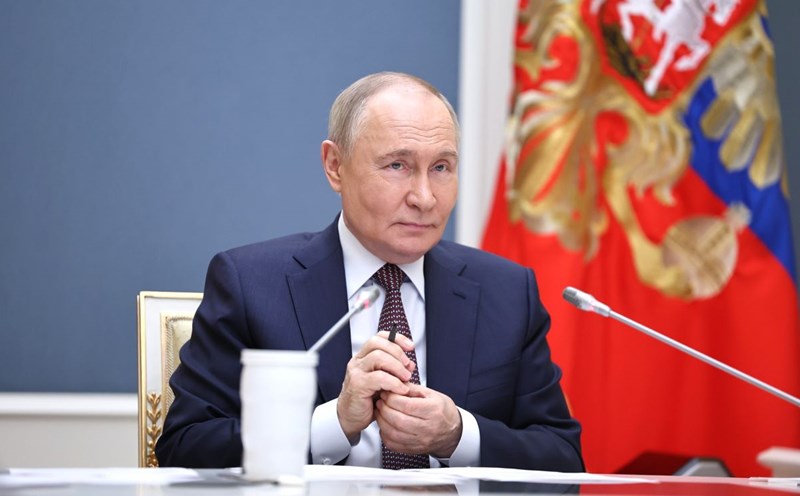According to the report "World Economic Prospects" of the International Monetary Fund (IMF), the group of emerging economies BRICS has officially accounted for 40% of global GDP. It is no longer just a trend, the rise of BRICS is now a strategic reality, signaling the economic shift from the West to the South globally.
The IMF forecasts that BRICS countries will achieve an average GDP growth of 3.4% in 2025, more than double the 1.4% growth forecast for the US. This difference is no longer a technical problem but reflects the increasingly clear gap between old and new growth centers.
The IMF forecasts that some of the economies that will play a leading role in growth in BRICS this year include: Ethiopia (6.6%); India (6.2%); Indonesia (4.7%); UAE (4%); China (4%); South Africa (3.4%); Brazil (2.3%).
"It is impossible to continue to see BRICS as a developing economy," said Rodrigo Cezar, an expert from the Getulio Vargas Foundation (Brazil). "They have become a new driver for global growth, with huge populations and GDP size that cannot be underestimated."
The fact that BRICS holds 40% of world GDP (and 41% when calculated according to purchasing power parity - PPP) is not only symbolic. It is creating tangible impacts on the global financial balance, as well as the strategic supply chain.
Expert Rodrigo Cezar pointed out that Russia and Brazil are key linkages in the supply chain of energy, food and important minerals. " BRICS does not only produce growth. They control resources. And this makes the global market increasingly sensitive to BRICS- noi bo fluctuations, said Mr. Cezar.
In the context of the US facing the risk of stagnant growth and controversial tax policies, the central position of the world's number one economy is shaken. The IMF warned that Washington is facing both internal pressure and the emergence of geopolitical opponents.
Although the IMF did not mention details, observers said that BRICS' growth is still parallel to a strategy of reducing dependence on the USD, also known as de-dollarization.
This is part of efforts to build an independent financial system, especially as these economies have repeatedly expressed their desire to establish a BRICS common currency or increase bilateral domestic payments.
The combination of real growth, strategic role in the supply chain, and the desire for financial independence is making BRICS counterpart to the Western-led global economic order.








